12 Data Structures and Top Interview Questions Every Developer Should Know
 Bonaventure Ogeto
Bonaventure Ogeto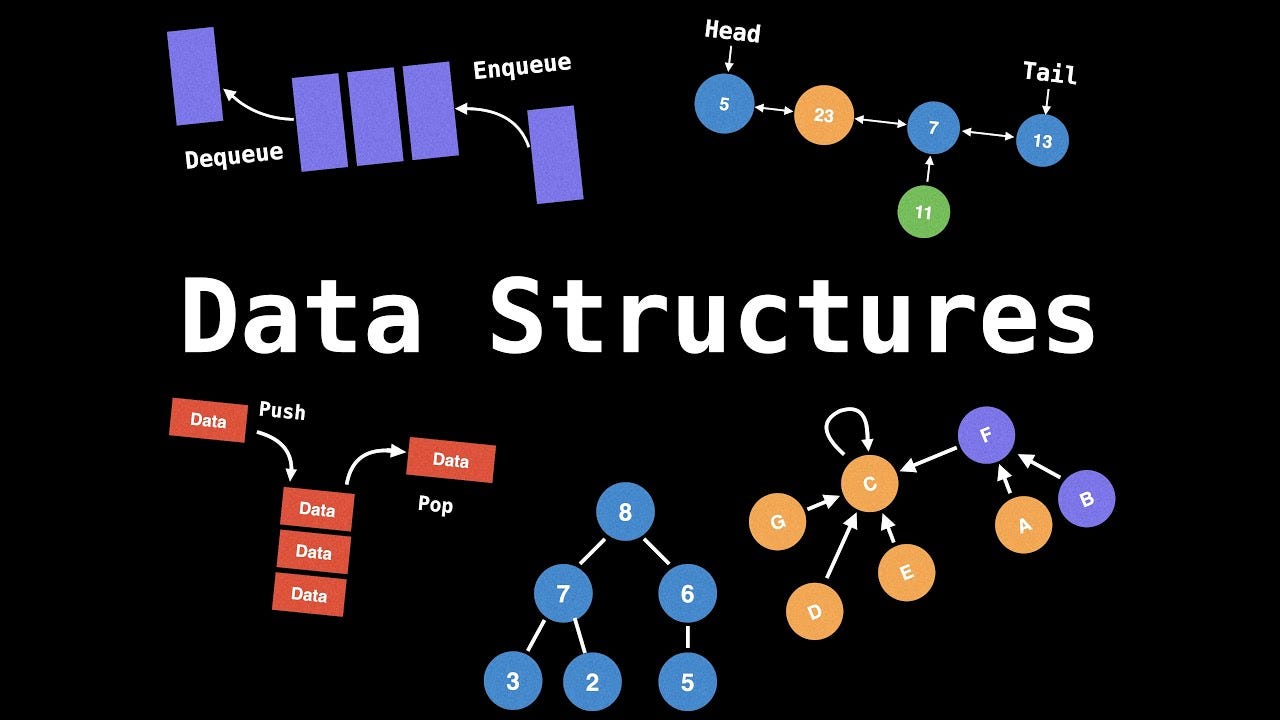
1. Arrays
An array is a collection of elements stored at contiguous memory locations. It allows constant-time access to elements if their index is known.
Analogy: Imagine a row of lockers in a school, each labeled with a number. To find an item, you go directly to the locker by its number.
Key Operations:
Access: (O(1)) if the index is known.
Insertion/Deletion: (O(n)) (shifting elements may be needed).
Interview Question:
Problem: Write a function to find the second largest number in an array of integers.

2. Linked Lists
A linked list is a collection of nodes where each node contains data and a reference to the next node in the sequence.
Analogy: Consider a treasure hunt where each clue leads to the next location.
Key Operations:
Traversal: (O(n))
Insertion/Deletion: (O(1)) (if the pointer to the node is known).
Interview Question:
Problem: Reverse a linked list iteratively.
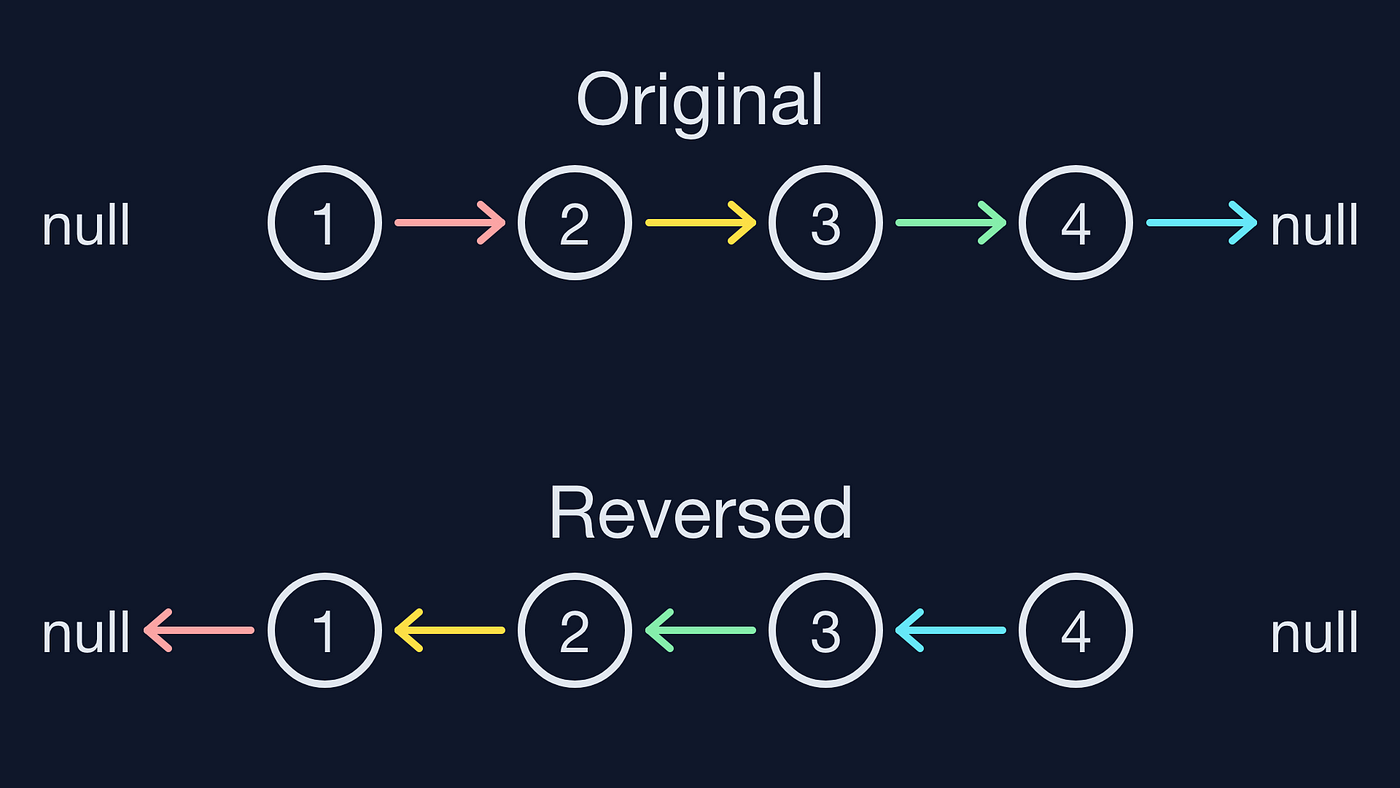
3. Stacks
A stack is a collection of elements that follows the Last In, First Out (LIFO) principle. Only the top element can be accessed or modified at any time.
Analogy: Imagine a stack of plates where you can only take or add plates from the top.
Key Operations:
Push (add): (O(1))
Pop (remove): (O(1))
Interview Question:
Problem: Implement a stack using two queues.
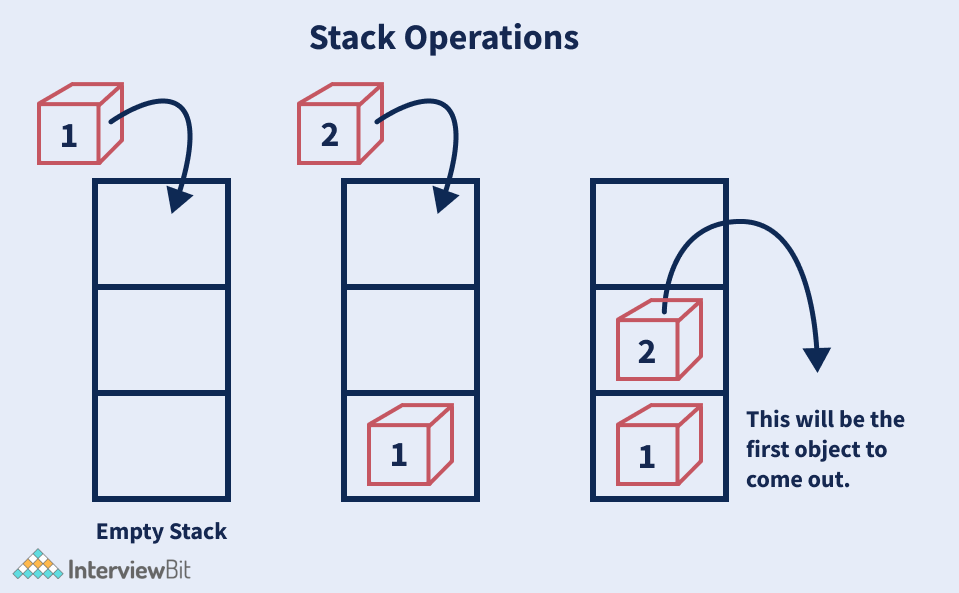
4. Queues
A queue follows the First In, First Out (FIFO) principle. Elements are added at the rear and removed from the front.
Analogy: Think of a line at a ticket counter where people are served in the order they arrive.
Key Operations:
Enqueue (add): (O(1))
Dequeue (remove): (O(1))
Interview Question:
Problem: Design a circular queue.

5. Hash Tables
A hash table uses a hash function to map keys to values, allowing for fast data retrieval.
Analogy: Imagine a library where each book has a unique code that tells you exactly which shelf it’s on.
Key Operations:
- Insertion, Deletion, Access: (O(1)) (on average).
Interview Question:
Problem: Implement a hash map that supports insert, delete, and get operations in (O(1)).

6. Binary Trees
A binary tree is a hierarchical structure where each node has at most two children, called the left and right child.
Analogy: Picture a family tree where each person has up to two immediate descendants.
Key Operations:
- Traversal (Inorder, Preorder, Postorder): (O(n))
Interview Question:
Problem: Write a function to check if a binary tree is a valid binary search tree (BST).

7. Binary Search Trees (BSTs)
A binary search tree is a binary tree where the left child contains values less than the parent, and the right child contains values greater than the parent.
Analogy: Think of organizing books on a shelf where smaller books are placed on the left and larger ones on the right.
Key Operations:
- Search, Insertion, Deletion: (O(h)) (where (h) is the height of the tree).
Interview Question:
Problem: Given a BST, find its (k)-th smallest element.
8. Heaps
A heap is a special tree-based structure where the parent node is always greater than or equal to (max heap) or less than or equal to (min heap) its children.
Analogy: Imagine a leaderboard where the highest scorer is always on top.
Key Operations:
Insert, Delete: (O(\log n))
Get Max/Min: (O(1))
Interview Question:
Problem: Implement a priority queue using a min heap.
9. Graphs
A graph is a collection of nodes (vertices) connected by edges. It can be directed or undirected, weighted or unweighted.
Analogy: Think of a city's map where intersections are nodes and roads are edges.
Key Operations:
- Traversal (DFS, BFS): (O(V + E)), where (V) is vertices and (E) is edges.
Interview Question:
Problem: Find the shortest path in an unweighted graph.
10. Tries
A trie (pronounced "try") is a tree-like data structure used for efficient retrieval of strings, especially in dictionary-like scenarios.
Analogy: Imagine an autocomplete system that narrows suggestions as you type.
Key Operations:
- Insert, Search: (O(m)), where (m) is the length of the string.
Interview Question:
Problem: Implement an autocomplete system using a trie.
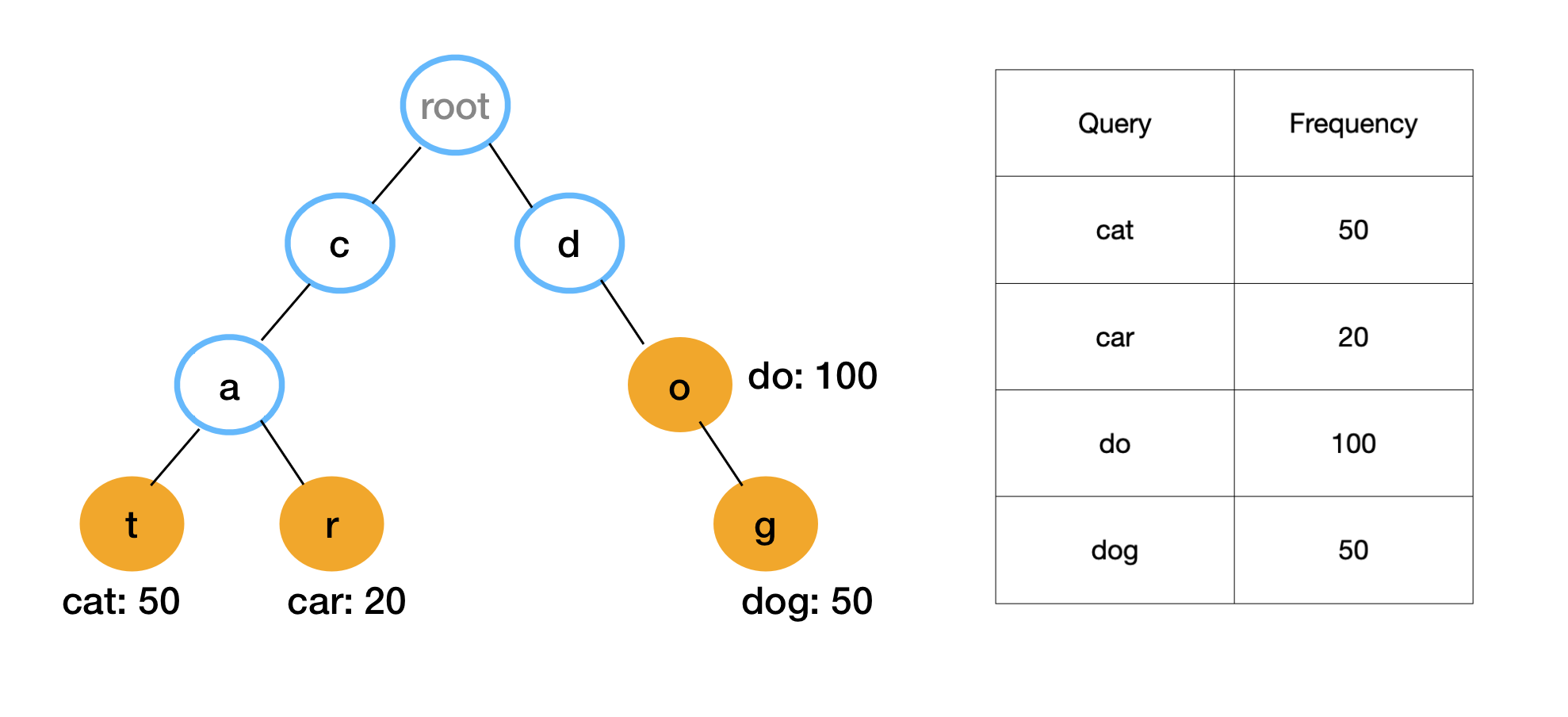
11. Disjoint Sets (Union-Find)
A disjoint set is a data structure that tracks a set of elements partitioned into disjoint subsets. It supports union and find operations.
Analogy: Think of different groups of friends where you can check if two people are in the same group.
Key Operations:
- Union, Find: (O(\alpha(n))), where (\alpha) is the inverse Ackermann function.
Interview Question:
Problem: Detect a cycle in an undirected graph using the union-find algorithm.
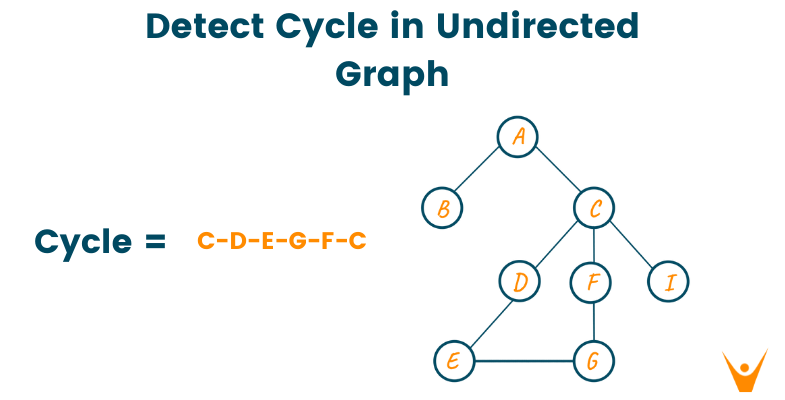
12. Segment Trees
A segment tree is a tree used for storing intervals or segments and allows for efficient queries and updates.
Analogy: Think of a scoreboard where you can quickly find the highest score in any range.
Key Operations:
- Query, Update: (O(\log n))
Interview Question:
Problem: Build a segment tree to find the sum of elements in a given range.

Conclusion
Mastering these 12 data structures will not only strengthen your problem-solving skills but also prepare you for various scenarios in programming and technical interviews. Each data structure has its unique use cases and trade-offs, making it essential to understand when and where to apply them.
Subscribe to my newsletter
Read articles from Bonaventure Ogeto directly inside your inbox. Subscribe to the newsletter, and don't miss out.
Written by

Bonaventure Ogeto
Bonaventure Ogeto
Software Engineer & Technical Writer